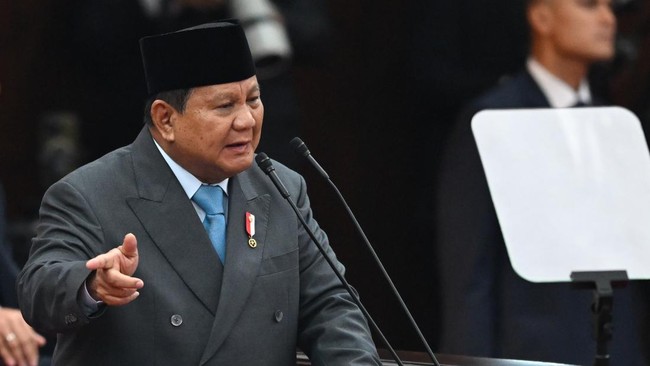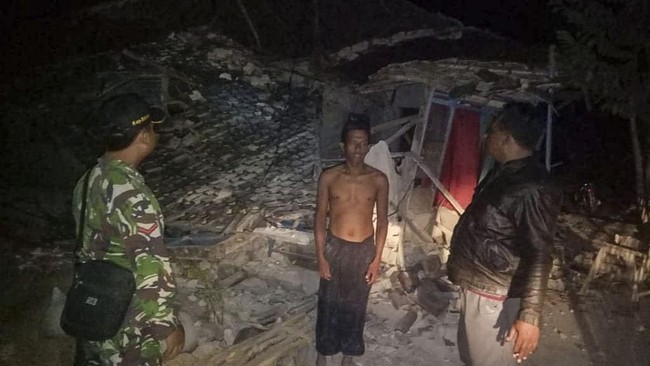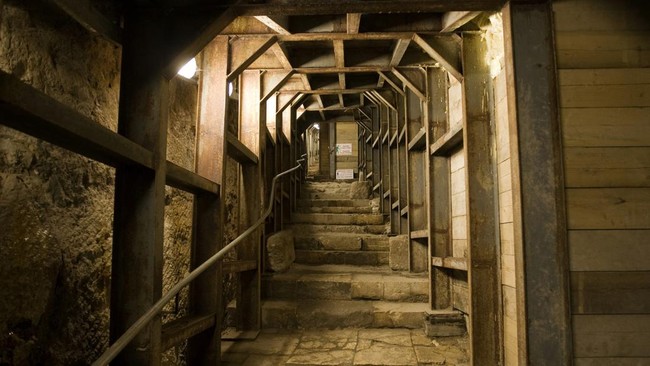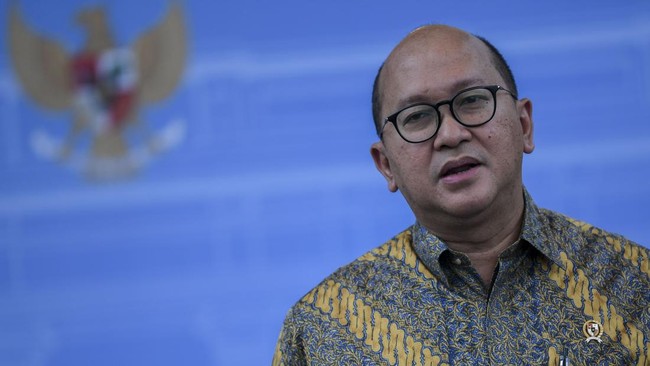
List of contents
Jakarta, hitclubapk3 Indonesia
–
President Prabowo Subianto conveyed the State Revenue and Expenditure Budget (
RAPBN
) 2026 at the DPR RI Plenary Meeting on Friday (8/15).
This RAPBN is the first budget design under his government, with a focus on strengthening economic resilience, human resource development, and equitable welfare in the midst of global uncertainty.
“The APBN must be used for the greatest welfare of the Indonesian people,” Prabowo said in the DAPBN 2026 speech and his financial memorandum.
Here are the main points of the 2026 RAPBN:
1. Posture and Fiscal Policy Direction
State expenditure 2026 is planned to be Rp3,786.5 trillion, while state revenue is targeted at Rp3,147.7 trillion.The budget deficit is estimated to reach Rp638.8 trillion or 2.48 percent of Gross Domestic Product (GDP).
The government said it would maintain the flexibility of the state budget in order to adjust to changes in economic conditions.
State income will be optimized through taxes and other revenues, with a policy called directed to be fair and measurable.
State expenditure is sought more efficiently, with priority on programs that are considered to have a direct impact on job creation and improving public services.
2. National Development Priority
The 2026 Draft State Budget contains eight priority agendas, namely food security, energy security, free nutritional eating program (MBG), education, health, village economic empowerment and MSMEs, defense, and accelerating investment and trade.
The largest budget allocation is given for education of Rp757.8 trillion, energy security of Rp402.4 trillion, MBG program Rp335 trillion, food security of Rp164.4 trillion, and health of Rp244 trillion.
Some specific targets include MBG distribution to 82.9 million beneficiaries and strengthening 80 thousand village/kelurahan cooperatives (Kopdes) Merah Putih.
3. State financing and spending
Budget financing is directed through schemes involving State -Owned Enterprises (BUMN) and the private sector, so that not entirely rely on the state budget.
The government also combines central expenditure and transfer to the regions (TKD) as a unit to support equitable development.
Energy subsidies and social assistance are said to be directed more targeted based on national socioeconomic single data (DTSEN).The management of natural resources is planned to be carried out efficiently to increase economic added value.
4. Economic and Social Targets 2026
The government is targeting economic growth of 5.4 percent with 2.5 percent inflation and the rupiah exchange rate in the range of Rp16,500 per US dollar.
The open unemployment rate is projected to be in the range of 4.44 percent-4.96 percent, poverty rates 6.5 percent-7.5 percent, and Gini ratio 0.377-0,380.
“Medium-term-long-term fiscal sustainability is anchors for economic stability,” Prabowo said.
(Del/End)
[Gambas: hitclubapk3 video]
Read More: An error occurred: the JSON object must be str, bytes or bytearray, not NoneType
Read More: Golden from HUNTR/X Print Record Reach No 1 Billboard Hot 100



